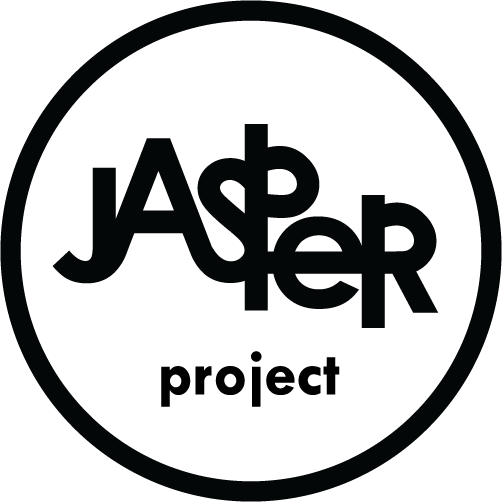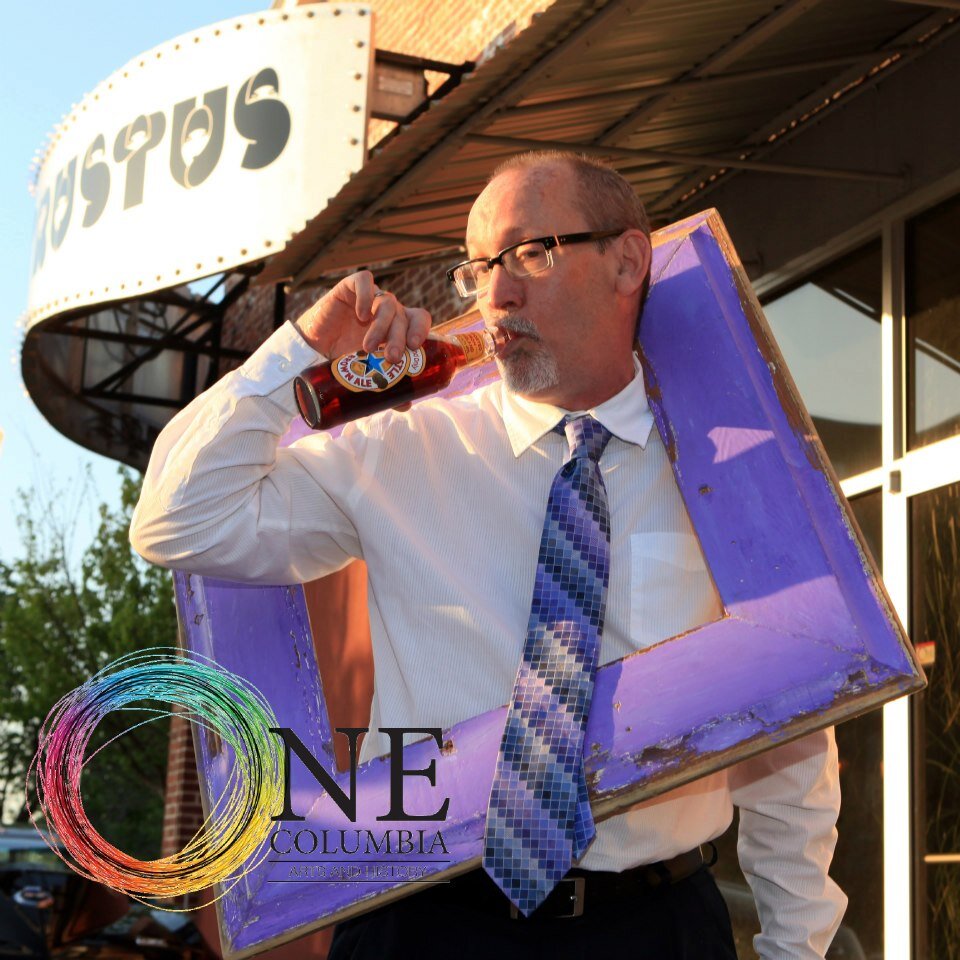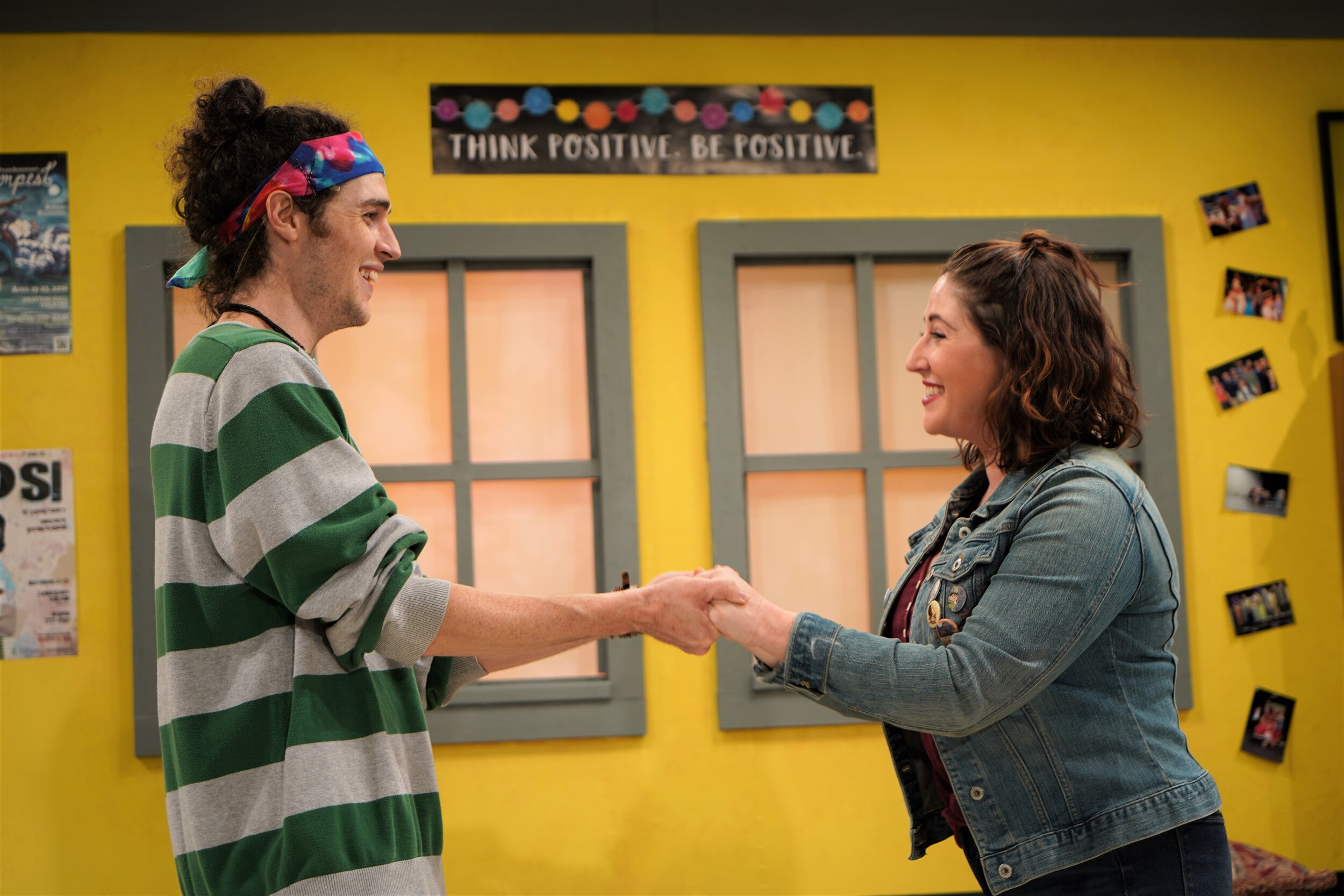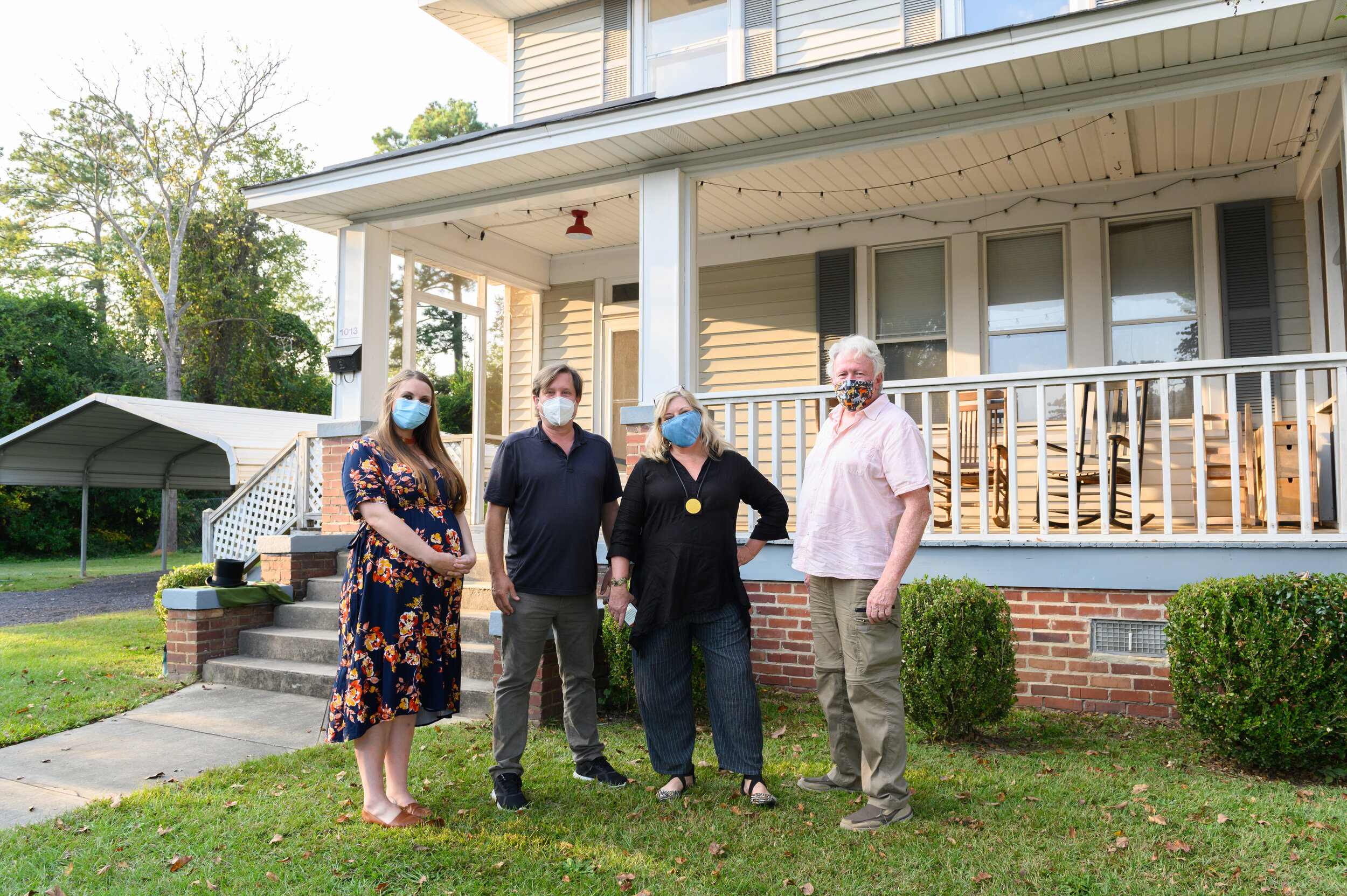In 2020, Jasper moved its Tiny Gallery online to give artists a space to tell their stories safely during the COVID-19 pandemic. This month, native South Carolinian Tennyson Corley has kicked off a new year of these stories with her show, Microcosm.
Corley was born and raised in Columbia, dwelling with her family on a large horse farm on the outskirts of the city. She has never felt a pull to leave the state she calls home, sharing, “I have a strong connection to our state, the landscape, the proximity to the mountains, the forest, the beaches, the wildlife.”
Amongst these connections to the natural world, art also surrounded a young Corley. Her mother was a prominent illustrator and portrait artist who Corley had the fortune to watch create, collaborate, and travel. She now watches the same stories unfold in her own life.
“I got to witness firsthand all the inner workings of being an actual ‘working’ artist,” Corley says, “It definitely had a glamorous side, but I wasn’t jaded to all the other things that go along with it, long nights, rejection, unhappy clients—those experiences really taught me things I could never learn in a formal setting.”
Being steeped in these experiences resulted in Corley deciding to pursue a career in art herself, attending Columbia College to study Fine Art before taking time off to grow into the role of mother to her son, Jasper. When Corley returned to work, it was as a horticulturalist, but one day her husband arrived home with a surprise—a new easel. And that was the push she needed to re-envelop herself in art.
Busy Bee #3
As an artist, Corley lends herself to experimentations. She has worked in printmaking, acrylic, oils, gauche, watercolor, ceramics, indigo art, and more. For Corley, though, painting is her home, what she always returns to.
“I specifically love working in acrylics—the way you can manipulate the paint is practically endless,” she explains, “Recently I have been playing with textures, building up my canvas with recycled materials and different mediums. The process has been cathartic.”
One theme Corley continually finds herself returning to is rooted in the home she has never left—nature and the natural world, specifically within the Southeastern United States. Even outside of visual art, Corley is a strong supporter of protecting the environment and the living beings that dwell in them.
Sparrow
“Through my work, I want to highlight the places and animals we pass by in our daily lives in hopes that connection leads to preservation,” Corley contends, “I hope my paintings can bridge a connection without being too in your face, because sometimes only the quietest voice is heard.”
Her Tiny Gallery show, Microcosm, is an exploration of the natural world via a uniquely insightful lens. As you take a virtual walk through the show, you will see portraits of birds caught in reverie, bees dancing circles around flowers, open oysters marked to receive something unknown, and more.
Visitors
The show sold out half of its items in the first week. Overwhelmed by the wonderful response, Corley has decided to add 8 more pieces to the show, which will have just gone live when this article is published.
“This show is, in its essence, a compendium of my work through 2020, arranged by various series inspired by travel, work, and my affinity for texture and the evolution it has taken in my recent work,” Corley says. “I want to use the show to highlight my growth as an artist over this past year.”
Reflecting on this past year, Corley admits she was frightened when the pandemic started, not just for herself but the entire art world. However, she gave herself daily painting goals and challenged herself to create small scale work, leading to Microcosm, among other new adventures.
Oyster #6
“I ended up being a part of The Crisis Residency, with other artists going through the same gambit of emotions and it helped me find my footing,” Corley accounts, “I mean, artist are innovators and hold the ability to constantly evolve in changing circumstances, right?”
Corley also had the privilege of being the Artist in Residence at Oconee Parks, which she notes as a highlight in her artistic career. Her favorite memory as an artist, though, has been the magic of watching her son follow in her footsteps as she once did her mother’s.
“He has been to my art openings, worked alongside me daily, studied the same books, and had long ‘art talks’ with me,” Corley shares, “It brings back my memories for me to bask in from childhood, and I hope that I leave these we are making with him so that he can one day pass that on if he decides to take that path as well.”
Corley is not sure what the future holds, but one concrete plan she has is an upcoming show with 701’s Hallway Gallery in March.
For now, you can experience Corley’s walk through nature with her show, Microcosm. You can view all the pieces, sold and available, at any time, and you can purchase the available pieces 24/7 as well, up until the gallery’s close on January 31st: https://the-jasper-project.square.site/tiny-gallery
If you want to follow Corley after the show, you can check her Instagram at @tennyson_corley_art and her Linktree at linktr.ee/TennysonCorleyArt
























































